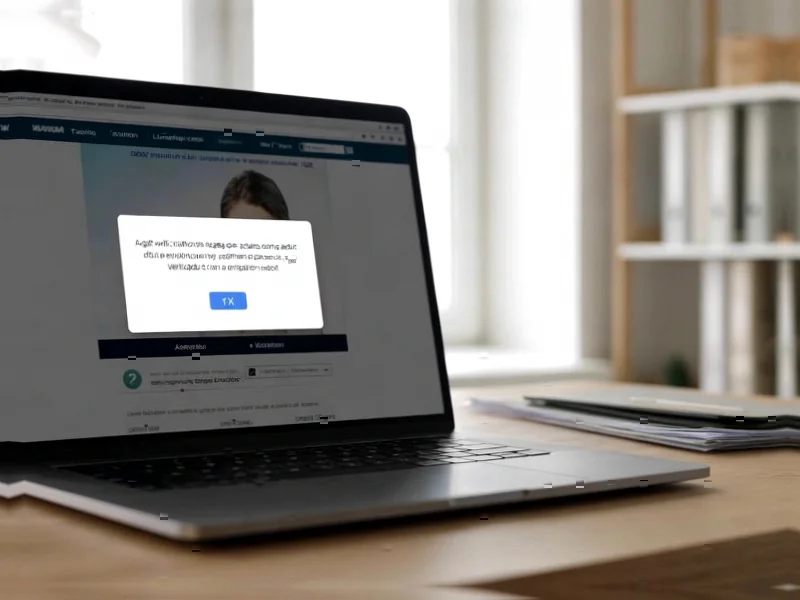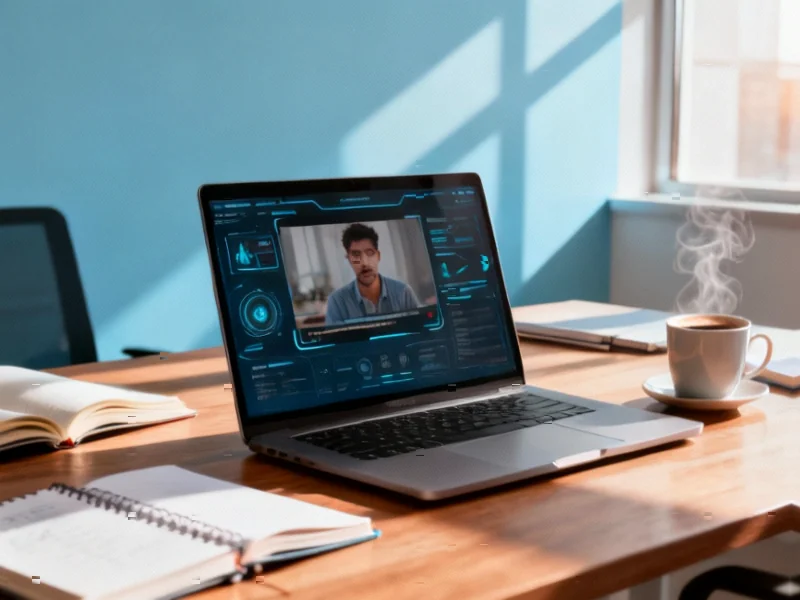According to Android Authority, YouTube TV has emailed Disney proposing to immediately restore ABC and ESPN networks while negotiations between the two companies continue, rejecting Disney’s request for a one-day ABC restoration for Election Day coverage. The streaming service stated that temporary restoration would “cause customer confusion” and emphasized that election coverage remains widely available through other news channels and free YouTube livestreams. YouTube TV stressed it wants to reach a “fair deal” and said it could restore Disney channels “within hours” if Disney agrees to the proposal, while noting that Disney can continue to livestream news on the ABC News YouTube page and local stations can do so on their YouTube pages. This development comes as the carriage dispute between the streaming giant and media conglomerate continues to impact millions of subscribers.
The Psychology of Streaming Negotiations
YouTube TV’s rejection of the temporary restoration request represents a sophisticated understanding of consumer psychology in streaming services. When channels disappear and reappear briefly, it creates what behavioral economists call “availability bias” – customers become hyper-aware of the instability and are more likely to churn. The streaming service is betting that a clean, consistent experience, even with missing channels, creates less long-term damage than the whiplash effect of temporary restorations. This approach contrasts sharply with traditional cable negotiations, where temporary extensions were common, reflecting how streaming services prioritize user experience metrics over short-term content availability.
The Technical Reality of “Within Hours” Restoration
The claim that YouTube TV can restore channels “within hours” highlights the technical advantages streaming services have over traditional cable systems. Unlike satellite or cable providers that require complex regional channel mapping and hardware updates, streaming services operate on centralized content delivery networks. The restoration process primarily involves updating content rights management systems and channel lineup databases, then pushing these changes to YouTube TV’s global infrastructure. According to the company’s technical documentation, their architecture allows for rapid channel additions and removals without the regional limitations that plagued traditional providers. This technical capability gives streaming services significant leverage in negotiations, as they can demonstrate immediate responsiveness when deals are reached.
The Streaming Power Shift in Carriage Disputes
This dispute represents a fundamental shift in the balance of power between content providers and distribution platforms. Traditional cable companies often capitulated to temporary restoration requests during high-profile events, fearing subscriber backlash. YouTube TV’s stance demonstrates that streaming services operate with different priorities – they’re betting that their multi-channel approach and integration with the broader YouTube ecosystem provides sufficient alternatives. The reference to election coverage availability through other news networks and free YouTube streams shows how streaming services can leverage their broader platform to mitigate the impact of channel blackouts, something traditional cable providers couldn’t offer.
The Economic Calculus Behind the Standoff
Behind the public statements lies a complex economic calculation about subscriber value and content costs. ESPN networks represent some of the most expensive carriage fees in the industry, while ABC provides must-have local content. YouTube TV’s selective restoration offer – focusing on ABC and ESPN while potentially excluding other Disney channels – suggests they’re prioritizing the content that drives the highest perceived value among their subscriber base. This targeted approach allows them to maintain negotiating leverage on less critical Disney properties while addressing the most painful aspects of the blackout for customers. The streaming service is essentially conducting real-time market research on which channels truly matter to their subscriber base.
Broader Implications for Streaming Economics
This dispute signals a maturation of the streaming bundle model, where services are becoming more selective about content costs rather than simply aggregating everything available. As streaming services face pressure to achieve profitability, we’re likely to see more hardline approaches to carriage negotiations. The outcome will set important precedents for how streaming bundles evolve – whether they follow the traditional cable path of ever-increasing content costs or develop more sustainable, selective content strategies. Other streaming services like Hulu + Live TV and FuboTV will be watching closely, as the resolution will influence their own negotiations with content owners and the overall economics of the live streaming TV market.




